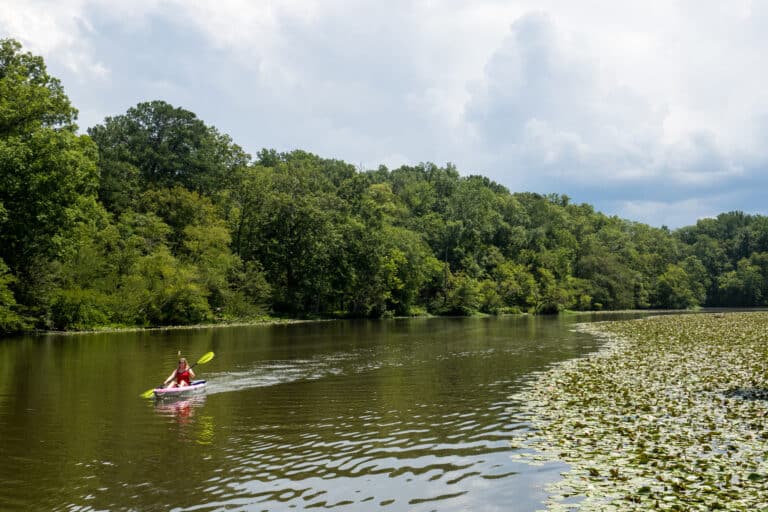Dear EarthTalk: What, if anything, fills the empty space underground created by the extraction of billions of gallons of oil? Could oil drilling be one of the causes of increasing amounts of land settling and sinkholes in oil rich areas? Can it cause earthquakes? –– Linda Anderson, Sedona, AZ
The crude oil (and natural gas) we drill for the world over is, for the most part, stored in tiny pores within rock up to only about three miles deep in the Earth’s hugely dense crust. At such depths, the oil there is under fairly high pressure. When it is removed, other liquids—usually water—move in to take its place, equalizing the pressure in the process. Sometimes oil extractors pump water into one side of an oil field to push oil toward wells on the other side, and the water replaces the oil accordingly.
In cases where other liquids don’t move in, such as in the North Sea off The Netherlands, the porous rock layer that harbored the oil originally can collapse after extraction, causing slight amounts of land settling (known as “land subsidence”) in the rock layer surfaces above, but typically no more than a few tenths of an inch per year.
Here in the U.S., land subsidence induced by the large volume extraction of underground resources including oil and gas “is more common than most people realize,” according to the U.S. Geological Survey (USGS), a government agency which collects, monitors, analyzes and provides scientific understanding about natural resource conditions, issues and problems. Flat coastal plains and wetlands near sea level are most at risk from this potential side effect.
Excessive ground water pumping, not oil or gas extraction, is the single largest source of land subsidence, says the USGS, but the agency cites several cases throughout the 20th century which they say demonstrate how “accelerated withdrawal of oil, gas and associated water from shallow unconsolidated reservoirs could lower the land elevation, cause minor earthquakes, and activate faults [around oil fields].”
Subsidence around large, mature oil and gas fields that coincide with faults could add enough stress to trigger small, locally based earthquakes as far as two kilometers away from the offending wells. Most geologists agree, though, that it is unlikely that oil and gas extraction could contribute to or cause major earthquakes, which are generated at depths far deeper than would be practical to drill for oil or gas. The USGS does suggest, however, that the continued withdrawal of oil and gas and the associated decline in underground fluid pressure could even contribute to coastal sea level rises by lowering coastal land elevations.
As for sinkholes, modern oil wells tend to be much deeper than the depth where sinkholes typically can affect people. Nonetheless, in 1980 residents of the West Texas town of Wink awoke one morning to find a 370-foot wide, 110-foot deep sinkhole a couple of miles north of downtown. Geologists suspect the sinkhole formed as a result of historic (and by today’s standards outdated) oil production practices in the area whereby extractors pumped saltwater out from underneath the surface and left a void that the above layer of earth eventually collapsed into. A second, even bigger sinkhole opened up nearby in 2002.
CONTACT: U.S. Geological Survey, www.usgs.gov.
SEND YOUR ENVIRONMENTAL QUESTIONS TO: EarthTalk®, c/o E – The Environmental Magazine, P.O. Box 5098, Westport, CT 06881; [email protected]. E is a nonprofit publication. Subscribe: www.emagazine.com/subscribe; Request a Free Trial Issue: www.emagazine.com/trial.






